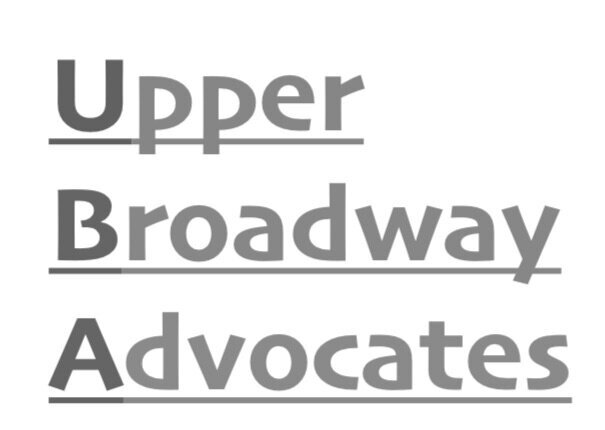Community Input
COMMUNITY meetings to gather feedback and ideas on the original project plans:
In the summer of 2019, approximately 200 people attended open meetings and submitted ideas and comments for each issue related to the project. The results are summarized in the bar chart; all the post-its were transcribed verbatim. A full transcription of the comments and methodology is available upon request.
The community suggests that
more affordable units will contribute to desired area diversity and help alleviate Oakland’s housing crisis, and
the right design will preserve neighborhood character and walkability, and will enliven retail along College Avenue.
The consensus of approximately 200 attendees welcome infill and development IF:
-it is the result of wise, area-wide and City-wide land use planning with community input,
-if its scale and density can realistically be absorbed by local infrastructure,
-if it is aesthetically in character with Rockridge, and
-if it has significantly increased affordability than the developer currently proposes.
Objections to the 19 story height/design proposed are both aesthetic and practical:
-Architectural scale and style should be designed to blend harmoniously with the historic site / neighborhood. Modern does not have to mean ugly.
-Given the configuration of surrounding streets and recent rise in local traffic problems it is doubtful that this infrastructure could support the proposed increased density. The Broadway/51st intersection has already reached an “F” rating on the severity scale. Surrounding streets, BART, etc., are already beyond capacity. Ingress and egress from narrow Clifton Street raised serious questions about safety and emergency access.
-Without significant investment in public transit upgrade and improvement it is idealistic but unrealistic to unbundle and limit parking to the proposed 0.6 parking spaces per unit - as unintended consequences of a recently opened development in the neighborhood already demonstrate.
-Zoning issues rated highly: hasty “spot” zoning change (as opposed to land use planning for the whole area including shopping center, College Avenue, Broadway-Auto Row, etc.) could have negative, long-term, unintended consequences.
-Concern about process: Developer is asking to proceed with EIR without having submitted a formal application to City. (This is was later researched and found to be unusual, but permissible for especially large projects.)
-Approximately 2 - 3% of respondents were largely in favor of the proposed plan.
Other priorities:
-Green building design and low carbon footprint
-Green/open space, playgrounds, and schools.
-Historical buildings and trees on the Campus must be preserved.
-Any upzoning granted to the developers should come with concomitant amenities and community benefits to compensate for losses (increased congestion and pollution, shadowing, loss in property values, etc.)
-‘Arts Legacy’ referred to as a ‘bonus’ to the community is vague and ill defined. CCA has existed tax-free for around a century. The sale of this land will yield a windfall, some of which could underwrite true community benefits.
Finally, in Oakland’s rush to provide much needed housing during this crisis, the community fears that the bigger picture is being overlooked: that there will be deleterious long-term effects of hasty spot upzoning on the character of one of Oakland’s most unique neighborhoods. And in essence this would leave “city planning” to for-profit developers.

